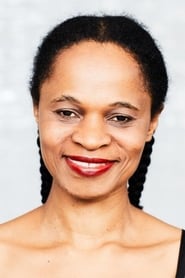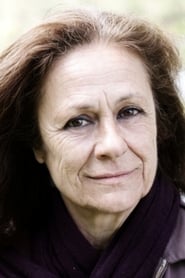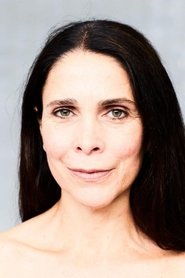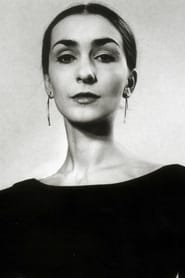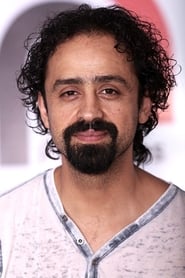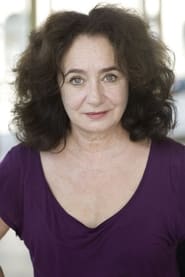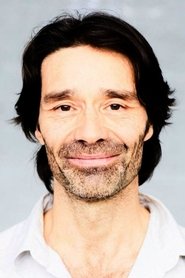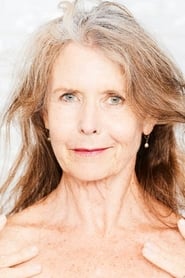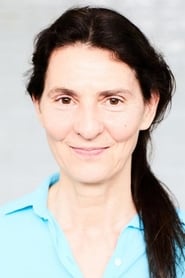
Pina(2011)
Dance, dance, otherwise we are lost.
Pina is a feature-length dance film in 3D with the ensemble of the Tanztheater Wuppertal Pina Bausch, featuring the unique and inspiring art of the great German choreographer, who died in the summer of 2009.




Movie: Pina
Video Trailer Pina
Recommendations Movies
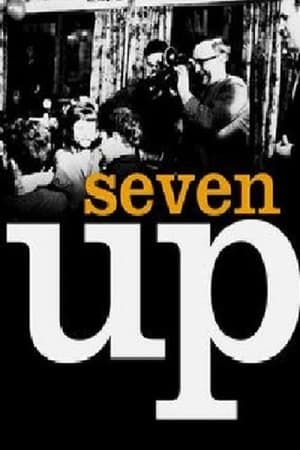 7.2
7.2Seven Up!(en)
A group of British children aged 7 from widely ranging backgrounds are interviewed about a range of subjects. The filmmakers plan to re-interview them at 7 year intervals to track how their lives and attitudes change as they age.
 7.2
7.2Diana Vreeland: The Eye Has to Travel(en)
This intimate and loving portrait of the legendary arbiter of fashion, art and culture illustrates the many stages of Vreeland's remarkable life. Born in Paris in 1903, she was to become New York's "Empress of Fashion" and a celebrated Vogue editor.
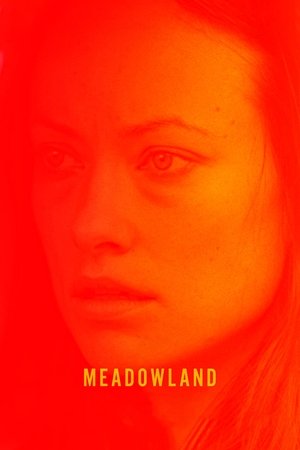 5.8
5.8Meadowland(en)
In the hazy aftermath of an unimaginable loss, Sarah and Phil come unhinged, recklessly ignoring the repercussions. Phil starts to lose sight of his morals as Sarah puts herself in increasingly dangerous situations, falling deeper into her own fever dream.
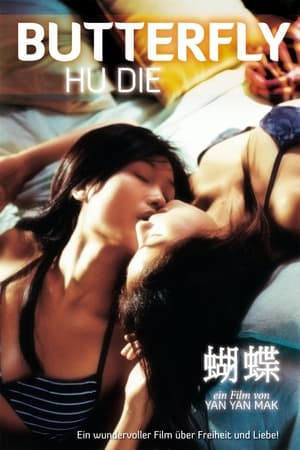 6.4
6.4Butterfly(cn)
Flavia is a thirtysomething married teacher. She has suppressed the memory of her adolescent lesbian fling with Jin and is stuck in a stifling marriage. A chance encounter in a supermarket with the playful and seductive singer Yip reawakens dormant feelings and she begins to think back on her teenage affair with Jin.
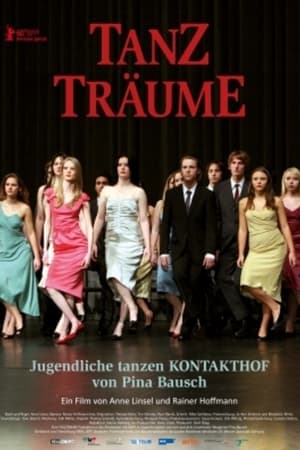 6.8
6.8Dancing Dreams(de)
The dance performance “Kontakthof” bears the unmistakable signature of Pina Bausch: it deals with forms of human contact, encounters between the sexes, and the search for love and tenderness, with all its attendant anxieties, yearnings and doubts. It is a dance about feelings, which always pose a big challenge – particularly for young people. Teenagers from more than eleven schools in Wuppertal went on an emotional journey that lasted almost a year. Every Saturday, forty students aged between fourteen and eighteen years of age took part in rehearsals that were led by Bausch-dancers Jo-Ann Endicott and Bénédicte Billiet and intensely supervised by Pina Bausch herself.
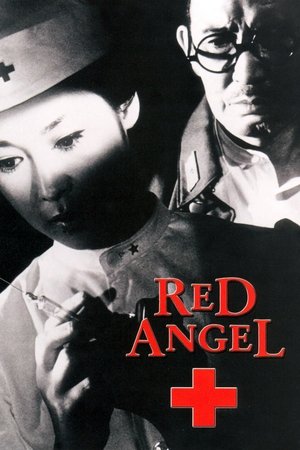 7.6
7.6Red Angel(ja)
In 1939, Sakura Nishi is a young army nurse who is sent to the field hospitals in China during the Sino-Japanese war. She has to assist the surgeon Dr. Okabe with an incredible number of amputations. In the crowded wards, she gives sympathy to some of the soldiers, including sexually servicing one who has lost both arms and has no hope of returning home. She falls in love with Dr. Okabe, and follows him to the front, even though he is impotent from his morphine addiction.
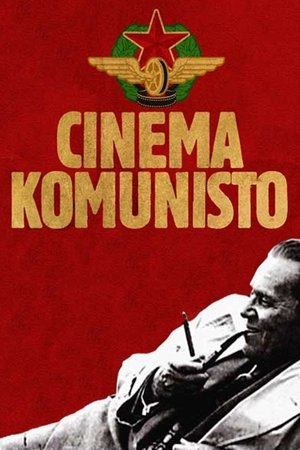 7.1
7.1Cinema Komunisto(sr)
This eye-opening and bittersweet chronicle of the Yugoslavian film industry recounts how the cinema was used—often with direct intervention from President Josip Broz Tito—to create and recreate the young nation’s history, replete with heroes and myths that didn’t always hew closely to reality.
 6.4
6.4Smuggler(ja)
To pay off his loan shark, failed actor Ryōsuke Kinuta is forced to smuggle dead bodies – and one live elite assassin – in the middle of the night.
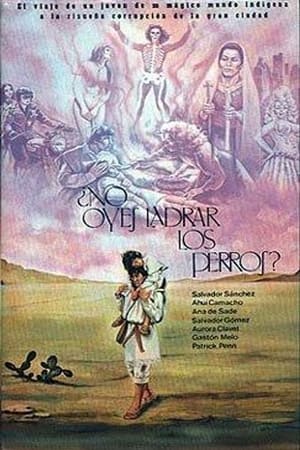 6.8
6.8Do You Hear the Dogs Barking?(es)
Carrying his son on his back, a man travels from place to place looking for a doctor to treat the sick boy. As they journey, the indio father tells the boy stories to keep him distracted. These stories reveal the life of native peoples in Mexico, both in the countryside and in cities, and they shed light on characteristic beliefs and rituals.
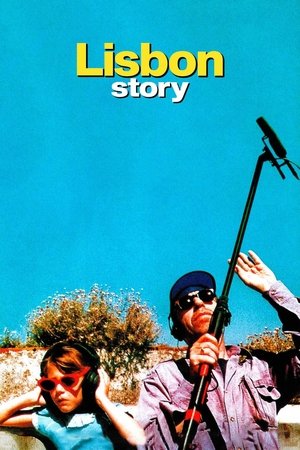 7.1
7.1Lisbon Story(en)
Lisbon Story is Wim Wenders' homage to Lisbon and films. A sound engineer obtains a mysterious postcard from a friend who at the moment is filming a film in Lisbon. He sets out across Europe to find him and help him.
 6.1
6.1Room 237(en)
A subjective documentary that explores various theories about hidden meanings in Stanley Kubrick's classic film The Shining. Five very different points of view are illuminated through voice over, film clips, animation and dramatic reenactments.
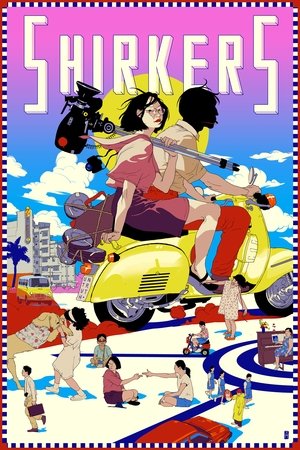 7.3
7.3Shirkers(en)
In 1992, teenager Sandi Tan shot Singapore's first indie road movie with her enigmatic American mentor Georges – who then vanished with all the footage. Twenty years later, the 16mm film is recovered, sending Tan, now a novelist in Los Angeles, on a personal odyssey in search of Georges' vanishing footprints.
 7.3
7.3Sound City(en)
The history of Sound City and their huge recording device; exploring how digital change has allowed 'people that have no place' in music to become stars. It follows former Nirvana drummer and Foo Fighter David Grohl as he attempts to resurrect the studio back to former glories.
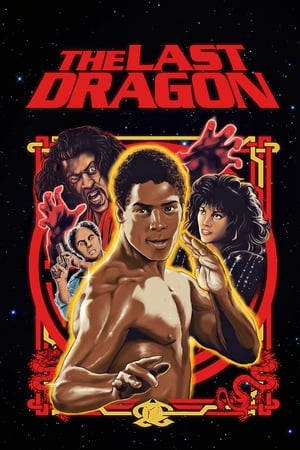 6.4
6.4The Last Dragon(en)
A young man searches for the "master" to obtain the final level of martial arts mastery known as the glow. Along the way he must fight an evil martial arts expert and rescue a beautiful singer from an obsessed music promoter.
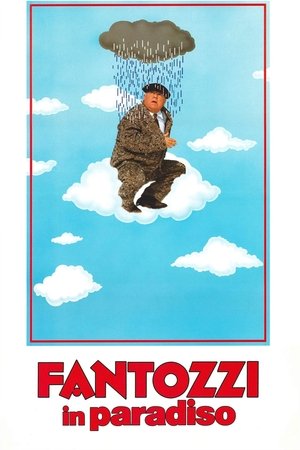 5.8
5.8Fantozzi in Heaven(it)
One by one, with a sweet but inexorable rate, Ugo's colleagues, go to a better life. When Ugo is attending at one of the innumerable funerals, he and the priest remain involved in an accident. The doctor says that Ugo as only one week left to live
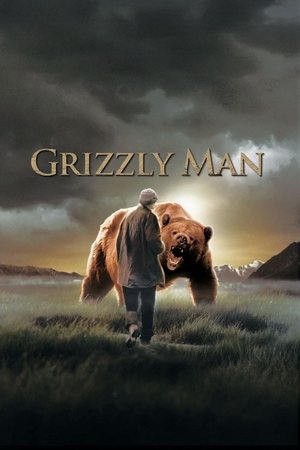 7.5
7.5Grizzly Man(en)
Werner Herzog's documentary film about the "Grizzly Man" Timothy Treadwell and what the thirteen summers in a National Park in Alaska were like in one man's attempt to protect the grizzly bears. The film is full of unique images and a look into the spirit of a man who sacrificed himself for nature.
 7.5
7.5The Green Ray(fr)
A lonely Parisian woman comes to terms with her isolation and anxieties during a long summer vacation.
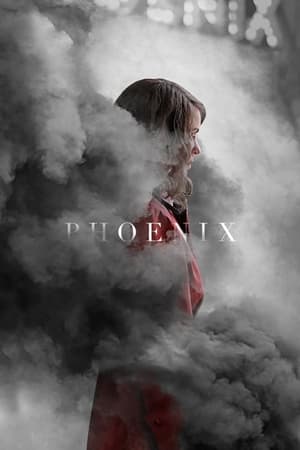 6.8
6.8Phoenix(de)
German-Jewish cabaret singer Nelly survived Auschwitz but had to undergo reconstructive surgery as her face was disfigured. Without recognizing Nelly, her former husband Johnny asks her to help him claim his wife’s inheritance. To see if he betrayed her, she agrees, becoming her own doppelganger.
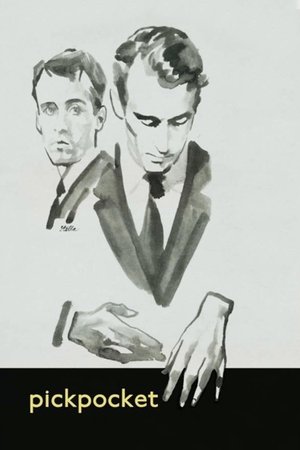 7.3
7.3Pickpocket(fr)
Michel takes up pickpocketing on a lark and is arrested soon after. His mother dies shortly after his release, and despite the objections of his only friend, Jacques, and his mother's neighbor Jeanne, Michel teams up with a couple of petty thieves in order to improve his craft. With a police inspector keeping an eye on him, Michel also tries to get a straight job, but the temptation to steal is hard to resist.
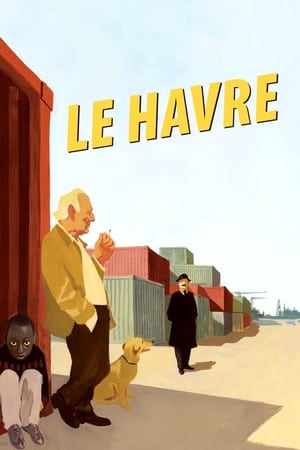 7.0
7.0Le Havre(fr)
In the French harbor city of Le Havre, fate throws young African refugee Idrissa into the path of Marcel Marx, a well-spoken bohemian who works as a shoe-shiner. With innate optimism and the tireless support of his community, Marcel stands up to officials pursuing the boy for deportation.
Similar Movies
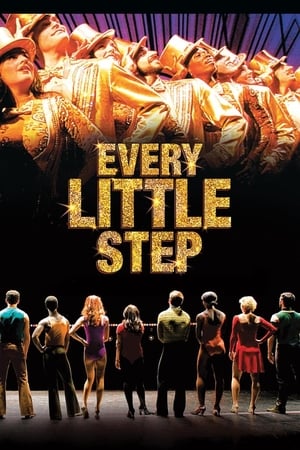 6.6
6.6Every Little Step(en)
Follows the plight of real-life dancers as they struggle through auditions for the Broadway revival of A Chorus Line and also investigates the history of the show and the creative minds behind the original and current incarnations.
 5.8
5.8Bobbi Jene(en)
A love story, portraying the dilemmas and inevitable consequences of ambition. It is a film about a woman's fight for independence, a woman trying to succeed with her own art in the extremely competitive world of dance.
 3.0
3.0The Light Fantastic(en)
While most of Ken Russell's documentaries for the BBC's Monitor arts strand focused on a single creative figure, he would also occasionally make more wide-ranging surveys of the state of a particular art. The Light Fantastic (BBC, tx. 18/12/1960) was written and presented by Ron Hitchins, a Cockney barrow boy who has long been interested in a great many dance forms, and who has recently taken up Spanish dancing. Hitchins participates in some of the dance sequences, but his main contribution is an enthusiastic commentary that helps personalise what could have been simply a disparate collection of dance footage. He's not shy about expressing likes and dislikes, being none too keen on ballroom dancing (too choreographed), rock'n'roll (too monotonous) and Morris dancing (just doesn't like it), though anything genuinely spontaneous gets a thumbs up, even if it's a room full of people dressed in black swaying to the sound of a gong.
 9.2
9.2BTS World Tour: Love Yourself - Japan Edition(ko)
BTS perform their Japan concert at Tokyo Dome and Fukuoka Yahuoku Dome during their Love Yourself World Tour.
 7.5
7.5Mr. Gaga(he)
The story of Ohad Naharin, renowned choreographer and artistic director of the Batsheva Dance Company, an artistic genius who redefined the language of modern dance.
 7.5
7.5Wick Is Pain(en)
Witness the never-before-seen footage and true story behind the John Wick phenomenon – from independent film to billion-dollar franchise.
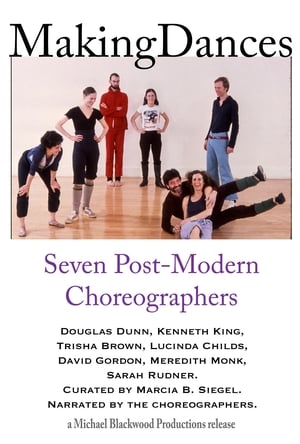 0.0
0.0Making Dances: Seven Post-Modern Choreographers(en)
Made in 1980, this film explores the contemporary dance scene through the work of seven New York-based choreographers. They discuss the nature of dance and the evolution of their own work. Filmed at rehearsals, performances, and during interviews, the film is a unique primary source. The artistic roots of these seven artists can be found in Martha Graham's concern with modern life as a subject for dance and in Merce Cunningham's emphasis on the nature of movement. In the 1960s, the interaction of art forms generated choreographic innovations. Especially influential was John Cage, whose radical ideas served as a point of departure for much of the new choreography. Each of the choreographers in Making Dances draws inspiration from the Graham/Cunningham tradition, yet each makes a highly distinctive statement. Structure, movement in non-fictive time and space, and the nature of movement itself are recurring themes.
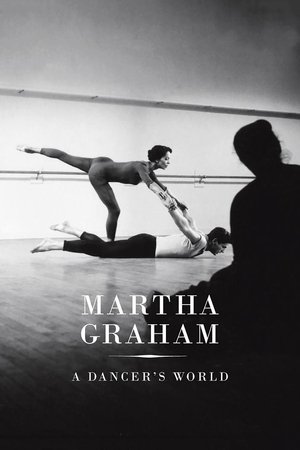 6.0
6.0A Dancer's World(en)
A glimpse into the world and methodology of dancer Martha Graham.
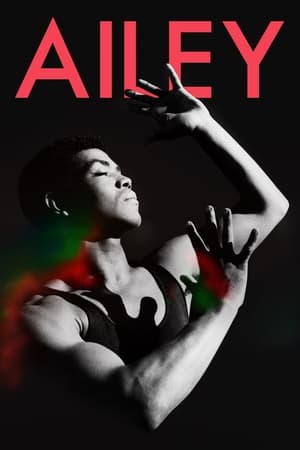 6.0
6.0Ailey(en)
Alvin Ailey was a visionary artist who found salvation through dance. Told in his own words and through the creation of a dance inspired by his life, this immersive portrait follows a man who, when confronted by a world that refused to embrace him, determined to build one that would.
 9.5
9.5BTS World Tour: Love Yourself in New York(ko)
BTS perform their New York concert at Citi Field Stadium during their Love Yourself World Tour.
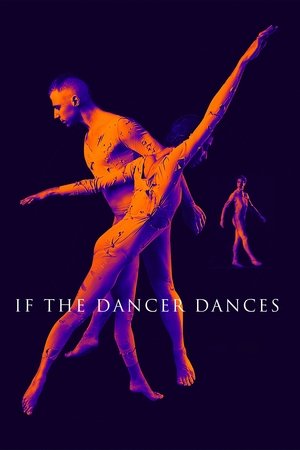 0.0
0.0If the Dancer Dances(en)
Filmmaker Maia Wechsler follows choreographer Stephen Petronio as he prepares dancers to restage the 1968 production of "RainForest."
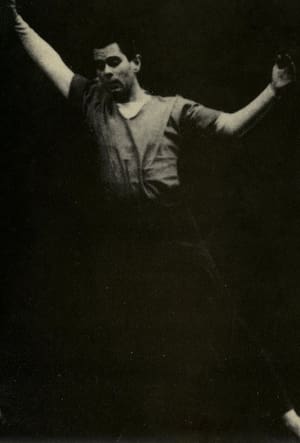 0.0
0.0Genius on the Wrong Coast(en)
Portrait of Lester Horton, a Los Angeles-based dancer, choreographer and teacher who trained many world-reknowned dancers and built the first American theater devoted permanently to dance. Former students and friends, including Bella Lewitzky, Alvin Ailey, and Carmen de Lavallade, help create a picture of Horton through interviews. Includes numerous dance excerpts.
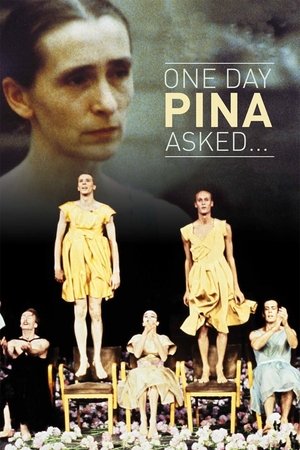 5.5
5.5One Day Pina Asked...(fr)
Chantal Akerman followed famous Choreographer Pina Bausch and her company of dancers, The Tanzteater Wuppertal, for five weeks while they were on tour in Germany, Italy and France. Her objective was to capture Pina Bausch's unparalleled art not only on stage by behind the scenes.
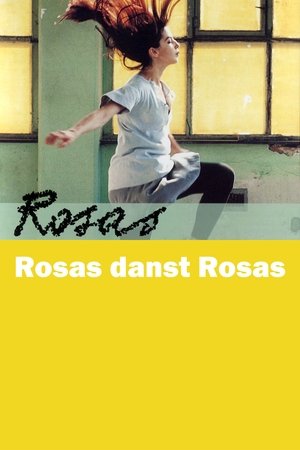 9.0
9.0Rosas Danst Rosas(nl)
Thierry De Mey filmed Rosas danst Rosas in the former technical school of architect Henry Van de Velde in Leuven. The film version is much shorter than the show itself. In his film Thierry De Mey opts for a heavily ‘inter-cut’ version in which, apart from the cast of four dancers from 1995 and 1996, he also has all the other performers from the long history of the show dance along. He makes maximum use of the geometrical and spatial qualities of the Van de Veldes building. Incidentally, the building was thoroughly renovated straight after the film was made, making it one of the last testimonials to the original architecture. The film was shown on all of the major European television channels and also had a cinema career in the ‘art house circuit’.
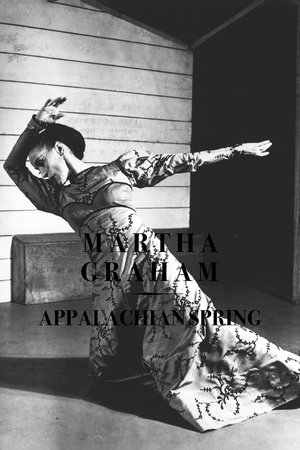 4.9
4.9Appalachian Spring(xx)
A filmed version of Aaron Copland's most famous ballet, with its original star, who also choreographed.
Martha Graham: The Dancer Revealed(en)
Released on DVD as part of The Criterion Collection's "Martha Graham: Dance on Film" collection.
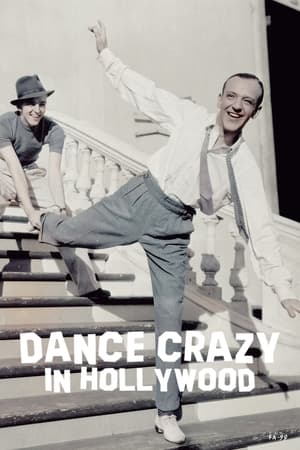 6.0
6.0Dance Crazy in Hollywood(en)
American dancer and choreographer Hermes Pan recalls his life and work as he relives the glorious history of the Hollywood musical.
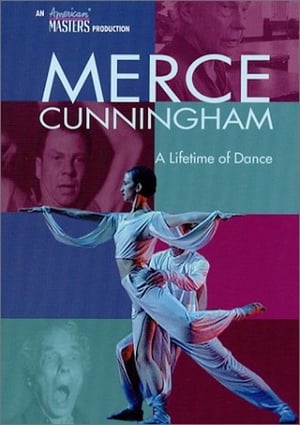 0.0
0.0Merce Cunningham: A Lifetime of Dance(en)
A history of the work of Merce Cunningham.
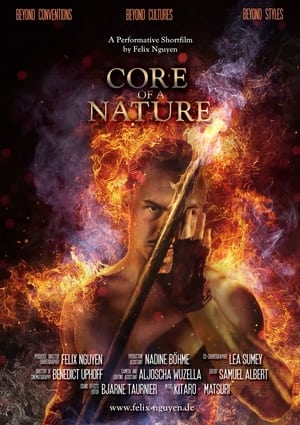 10.0
10.0Core of a Nature(de)
Experience a mystical journey through nature performed by a movement artist. Felix faces the whirling challenges of his inner turbulence with an emotionally charged dynamic, delicate strength, graceful dignity, as well as ecstatic devotion. Behold the fire dancer in the night.
 6.5
6.5Penthesilea: Queen of the Amazons(en)
Penthesilea, the first of six films made by Laura Mulvey and Peter Wollen, traverses thousands of years to look at the image of the Amazonian woman in myth. It asks, among other questions, is the Amazonian woman a rare strong female image or is she a figure derived from male phantasy? The film explores the complexities of such questions, but does not seek any concrete answers.

